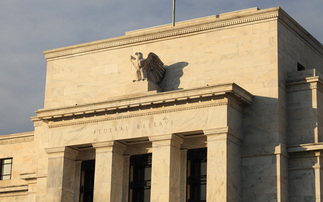Trade disputes; rising US interest rates; wage inflation; political uncertainty; presidency 'by Twitter'; a stronger US dollar; an inverted US yield curve; rising US debt. On paper, the case for the US stock market both in itself and relative to other regions would appear weak.
Higher volatility only seems to confirm this catalogue of headwinds: the first half of 2018 saw the S&P 500 post 36 days in which it moved by 1% or more compared with just eight in 2017. And yet by 27 July the S&P 500 was up an impressive 5.4% (in capital appreciation terms, excluding dividends) while other markets struggled. The Euro Stoxx 50 index was barely up by 1%, while the MSCI Emerging Markets (EM) index (in local currency terms) shed almost 2% over the same period. [Indeed, the S&P 500 went on to hit a fresh intraday high of 2,873.23 on Tuesday, readying to mark the longest e...
To continue reading this article...
Join Investment Week for free
- Unlimited access to real-time news, analysis and opinion from the investment industry, including the Sustainable Hub covering fund news from the ESG space
- Get ahead of regulatory and technological changes affecting fund management
- Important and breaking news stories selected by the editors delivered straight to your inbox each day
- Weekly members-only newsletter with exclusive opinion pieces from leading industry experts
- Be the first to hear about our extensive events schedule and awards programmes







